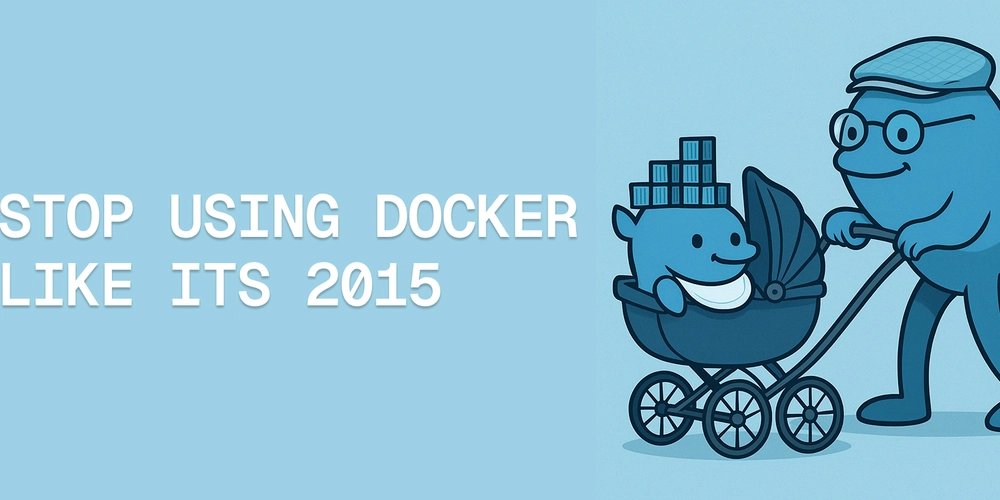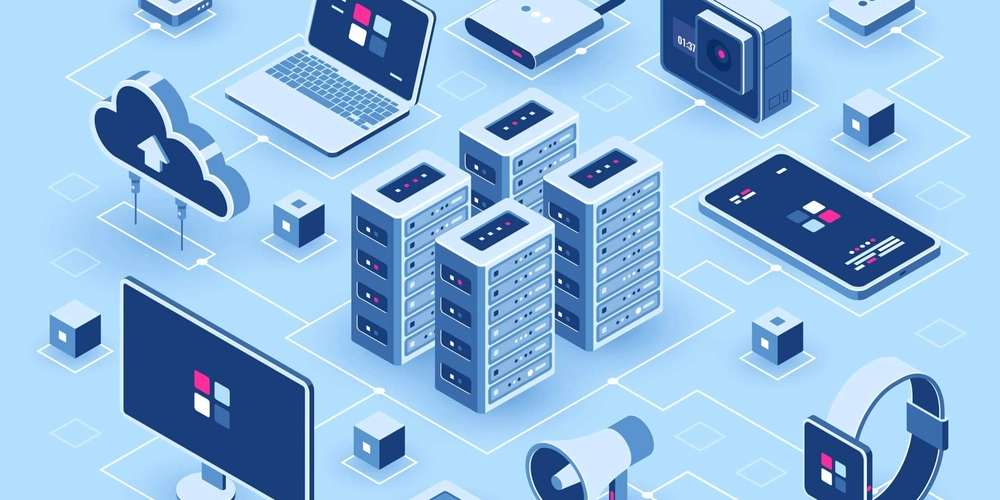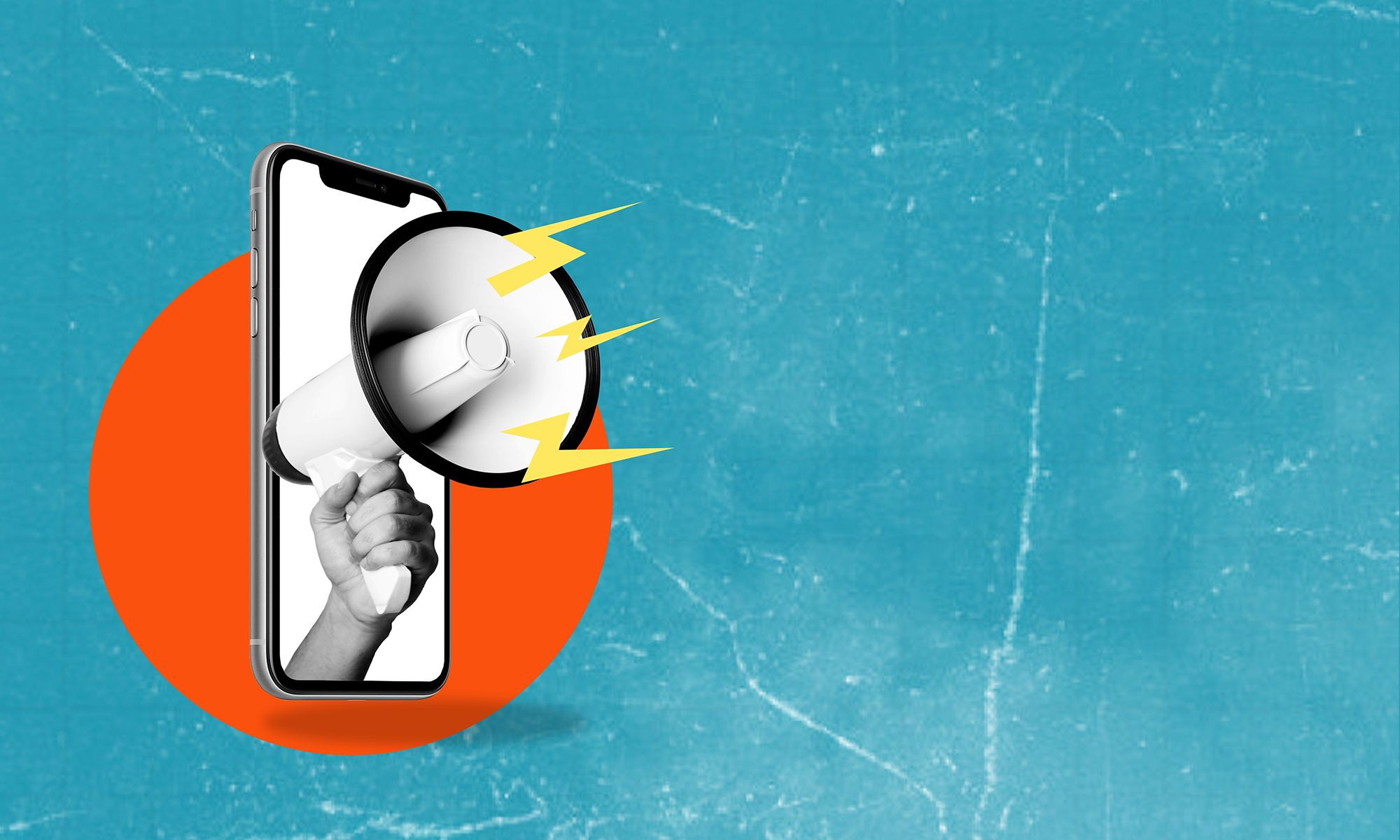OpenAI rolls out its latest reasoning models o3 and o4‑mini
Described as the company's “smartest models to date,” they can agentically use and combine every tool within ChatGPT, such as web search, analysing uploaded files, reasoning about visual inputs, and generating images.


has released o3 and o4-mini, its latest models with reasoning capabilities.
Touted to be the company's smartest models to date, they can use agentic AI and combine every tool within ChatGPT—including web search, analysing uploaded files and other data with Python, reasoning about visual inputs, and generating images.
“Critically, these models are trained to reason about when and how to use tools to produce detailed and thoughtful answers in the right output formats, typically in under a minute, to solve more complex problems. This allows them to tackle multi-faceted questions more effectively, a step toward a more agentic ChatGPT that can independently execute tasks on your behalf,” read the company’s blog post.
Internal tests show o3 setting new scores on STEM and multimodal benchmarks such as MMMU, MathVista and CharXiv, while o4‑mini delivers similar reasoning depth at lower cost and latency. On perception tasks, the larger model reaches 95.7 % accuracy, according to the company.
OpenAI claims that o3 performs well at visual tasks such as analysing images, charts, and graphics. According to external experts, o3 makes 20% fewer major errors, compared to the earlier o1 model, on real-world tasks. It also shows improvements in areas such as programming, business consulting, and creative ideation.
Both models are trained to reason through problems, decide when and how to use available tools to generate detailed answers, and deliver results in under a minute.
“For example, a user might ask: 'How will summer energy usage in California compare to last year?' The model can search the web for public utility data, write Python code to build a forecast, generate a graph or image, and explain the key factors behind the prediction, chaining together multiple tool calls. Reasoning allows the models to react and pivot as needed to information it encounters,” said the company.
Edited by Swetha Kannan




























![[Webinar] AI Is Already Inside Your SaaS Stack — Learn How to Prevent the Next Silent Breach](https://blogger.googleusercontent.com/img/b/R29vZ2xl/AVvXsEiOWn65wd33dg2uO99NrtKbpYLfcepwOLidQDMls0HXKlA91k6HURluRA4WXgJRAZldEe1VReMQZyyYt1PgnoAn5JPpILsWlXIzmrBSs_TBoyPwO7hZrWouBg2-O3mdeoeSGY-l9_bsZB7vbpKjTSvG93zNytjxgTaMPqo9iq9Z5pGa05CJOs9uXpwHFT4/s1600/ai-cyber.jpg?#)














































































































































![[The AI Show Episode 144]: ChatGPT’s New Memory, Shopify CEO’s Leaked “AI First” Memo, Google Cloud Next Releases, o3 and o4-mini Coming Soon & Llama 4’s Rocky Launch](https://www.marketingaiinstitute.com/hubfs/ep%20144%20cover.png)




































































































































































































![Rogue Company Elite tier list of best characters [April 2025]](https://media.pocketgamer.com/artwork/na-33136-1657102075/rogue-company-ios-android-tier-cover.jpg?#)








































































_Andreas_Prott_Alamy.jpg?width=1280&auto=webp&quality=80&disable=upscale#)




























































































![What’s new in Android’s April 2025 Google System Updates [U: 4/18]](https://i0.wp.com/9to5google.com/wp-content/uploads/sites/4/2025/01/google-play-services-3.jpg?resize=1200%2C628&quality=82&strip=all&ssl=1)










![Apple Watch Series 10 Back On Sale for $299! [Lowest Price Ever]](https://www.iclarified.com/images/news/96657/96657/96657-640.jpg)
![EU Postpones Apple App Store Fines Amid Tariff Negotiations [Report]](https://www.iclarified.com/images/news/97068/97068/97068-640.jpg)
![Apple Slips to Fifth in China's Smartphone Market with 9% Decline [Report]](https://www.iclarified.com/images/news/97065/97065/97065-640.jpg)




































































































































